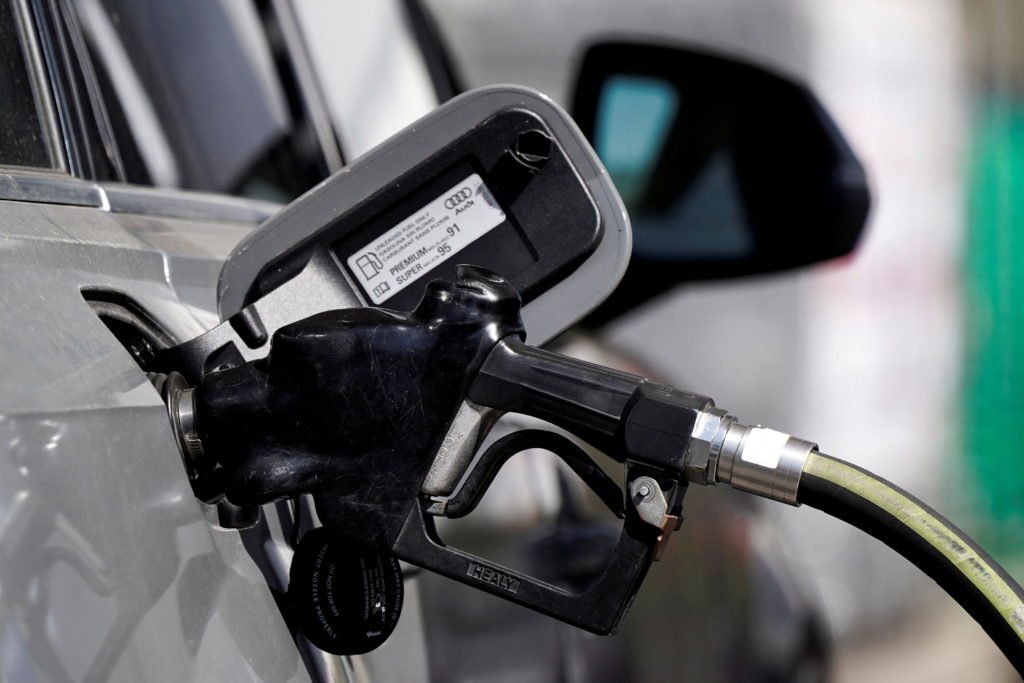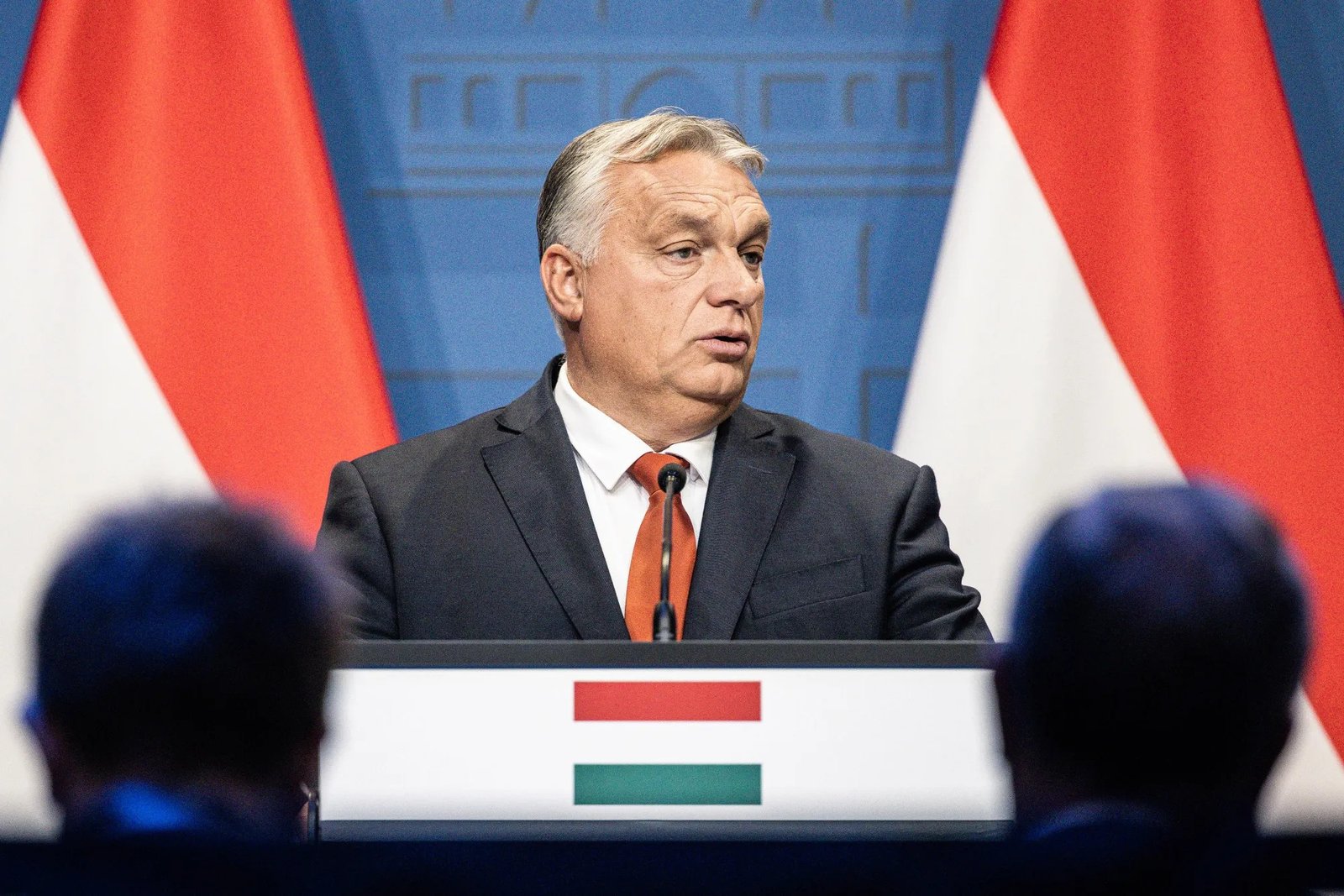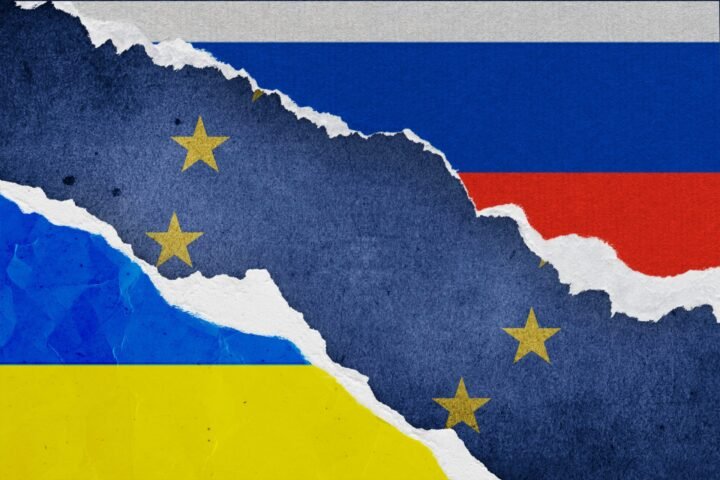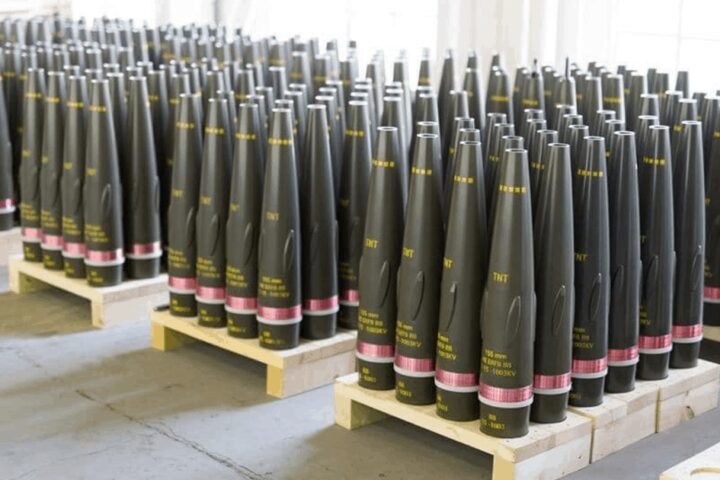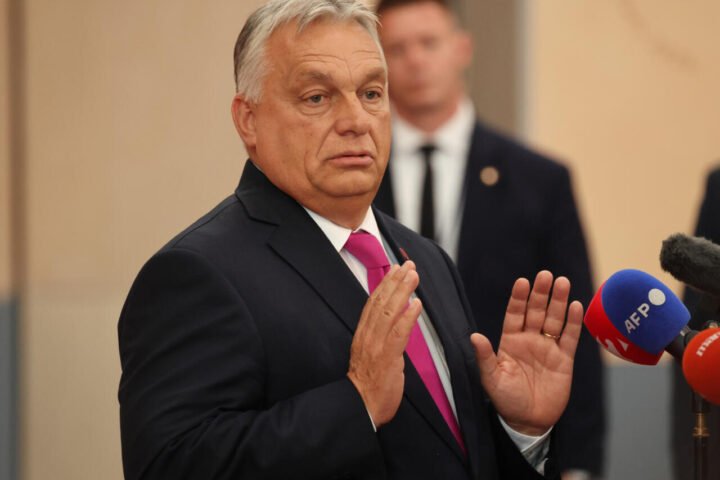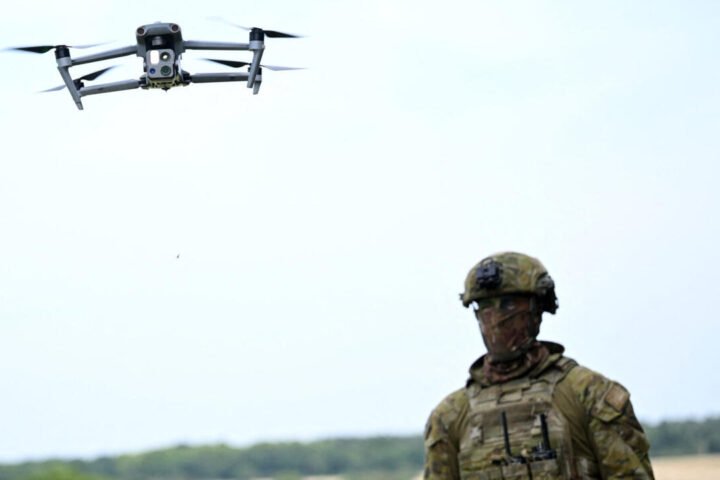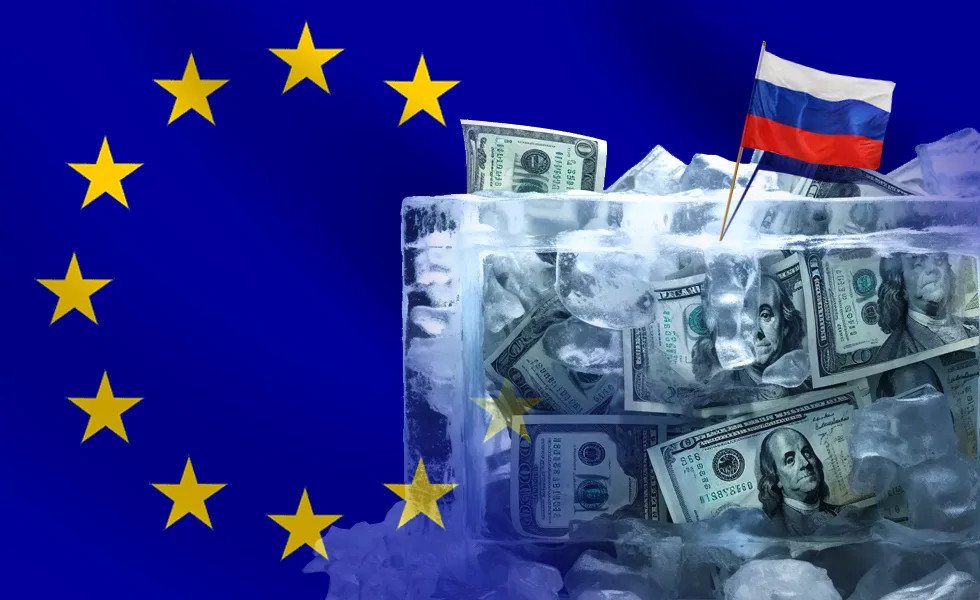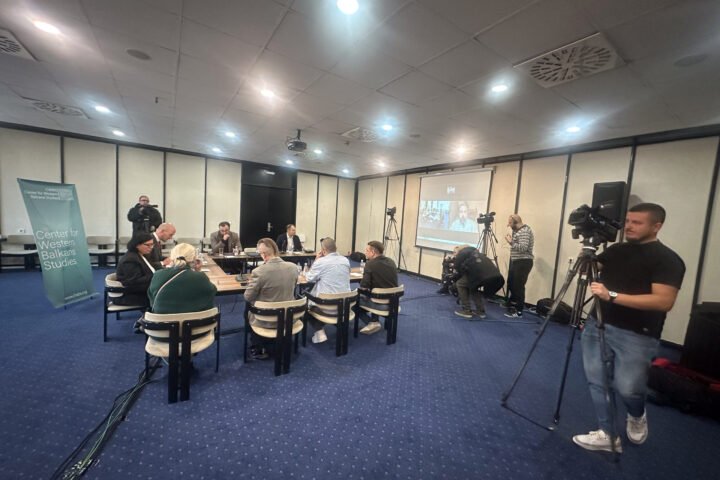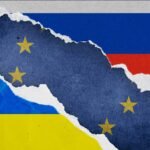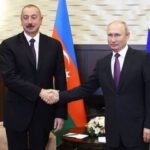On August 1, 2025, Russia’s Ministry of Energy officially acknowledged a nationwide increase in gasoline prices, stating the rise remains within the limits of overall inflation. The announcement comes amid growing public frustration over fuel costs and a rare move by the government to impose a temporary export ban on gasoline through the end of August. Officials argue that the restriction, which targets direct producers of petroleum products, is necessary to stabilize domestic fuel supply during peak seasonal demand and harvest operations.
Gasoline prices up 4.6% since January, wholesale surges 15% since June
According to Rosstat data, consumer gasoline prices in Russia rose by 4.61% between January 1 and July 28. Meanwhile, wholesale rates on the St. Petersburg International Mercantile Exchange soared from 57,000 rubles per ton in early June to 65,800 rubles by August 1. Despite the spike, the Energy Ministry insists that “the growth in fuel prices remains within the general inflationary framework and aligns with the recent adjustments in excise policy.”
There is no direct price control on fuel in Russia, but the government uses tax, customs, and regulatory tools to cap retail growth at levels close to inflation. However, the latest numbers suggest that market forces are overtaking official efforts to contain the surge.
Critics slam data blackout as real economic pain becomes harder to hide
Since 2023, Rosstat has increasingly restricted access to vital statistics, placing key economic, demographic, and energy indicators under confidentiality. This includes oil and gas production data, fuel output, and mortality rates. As highlighted by Finoboz, the trend accelerated after President Putin’s June 2025 declaration at the St. Petersburg Economic Forum that “recession must not be allowed” in Russia. Observers argue that the secrecy shields the Kremlin from public accountability over economic stagnation and social discontent.
Yet consumer behavior paints a different picture. According to internal data from the SberSpasibo loyalty program, the average receipt per gas station visit rose by 9% in 2025 to approximately 1,300 rubles. Regional disparities are stark: drivers in Chukotka now spend an average of 11,200 rubles per month on fuel, while those in the Luhansk People’s Republic—annexed by Russia—spend 9,200 rubles. The latter, however, receive no compensation for the surging costs through northern allowances or other mechanisms.
Crimea hit hardest as logistics blamed for 10–15% price gap
In Crimea, retail gasoline prices are reportedly 10–15% higher than in mainland Russia, officially due to logistical complications. However, critics question the rationale, noting that long-distance transport to Siberia or the Russian Far East is managed with far less markup. “Why does Crimea always pay more?” has become a popular refrain, with residents recalling earlier justifications linked to international sanctions. Now, even as the whole country faces sanctions, Crimea’s fuel premiums remain uniquely steep.
Market braces for deeper fuel crisis despite official reassurances
Russian officials continue to frame the current spike as manageable. Still, experienced traders and consumers are drawing on historical cues. “When ministers start explaining that price hikes are within norms, brace for the next fuel crisis,” remarked one energy analyst. In some regions, gas station notices now ironically read: “Fuel is more expensive because transporting it became more expensive—due to fuel price hikes.”
The joke has gone global: “Be like gasoline—know your worth,” goes a meme circulating online. Whether oil prices fall or rise, in Russia, fuel costs for consumers seem to go only one way—up.
